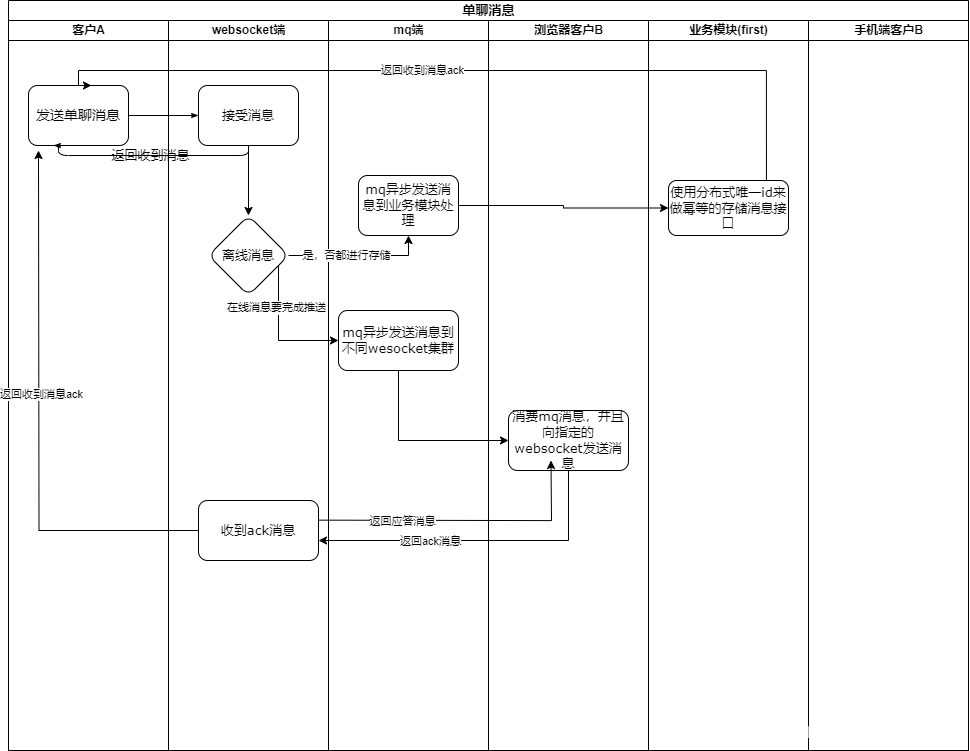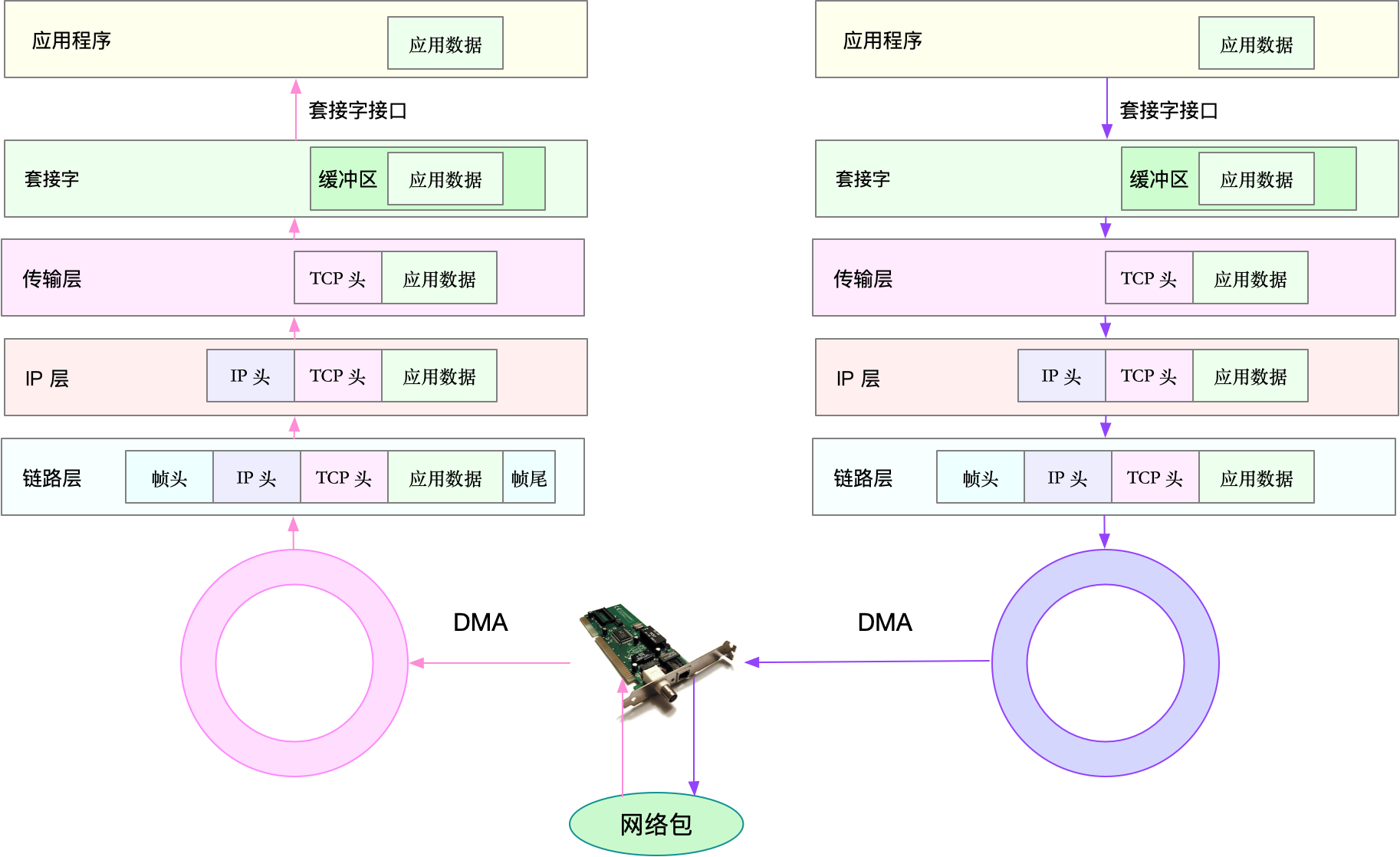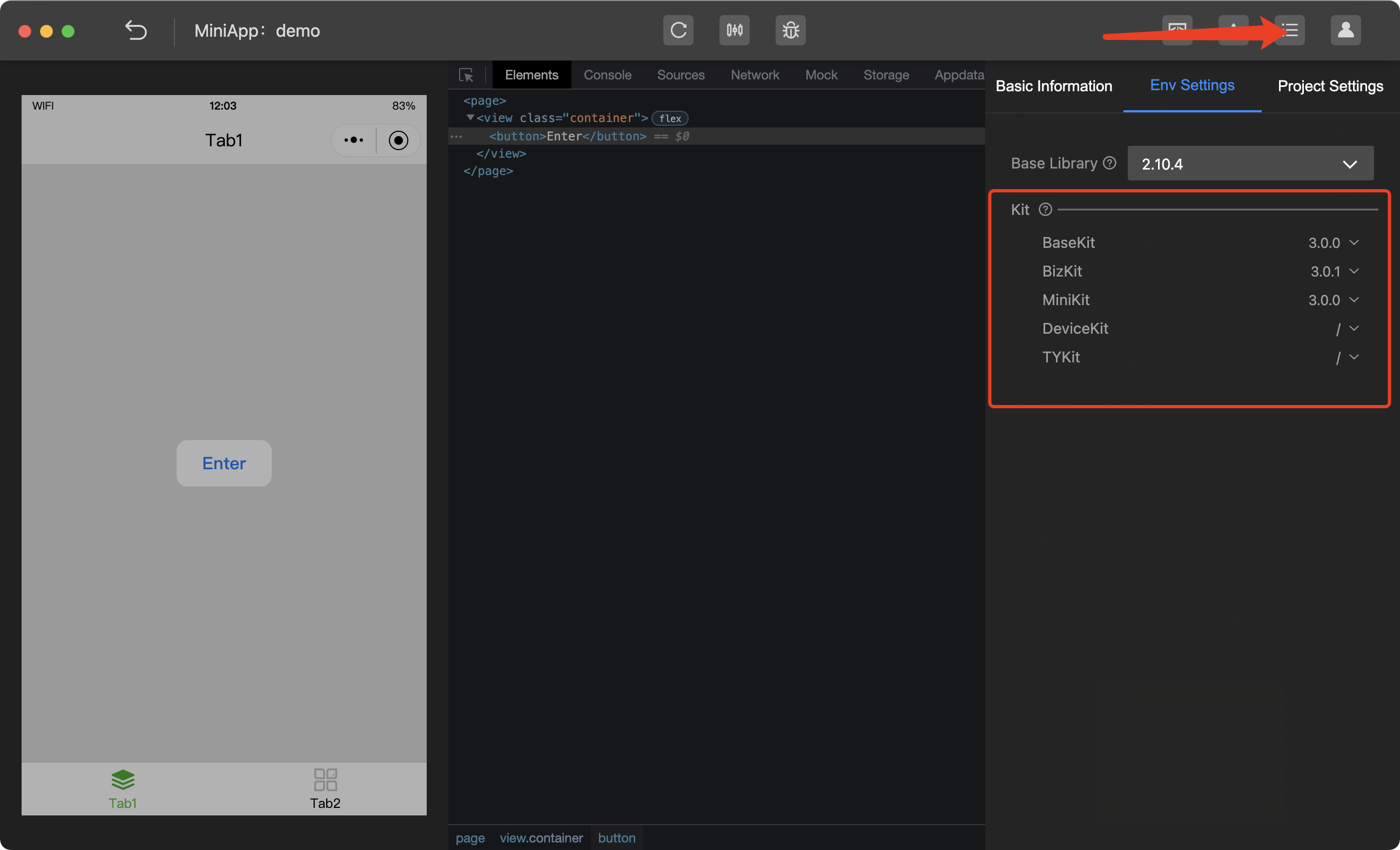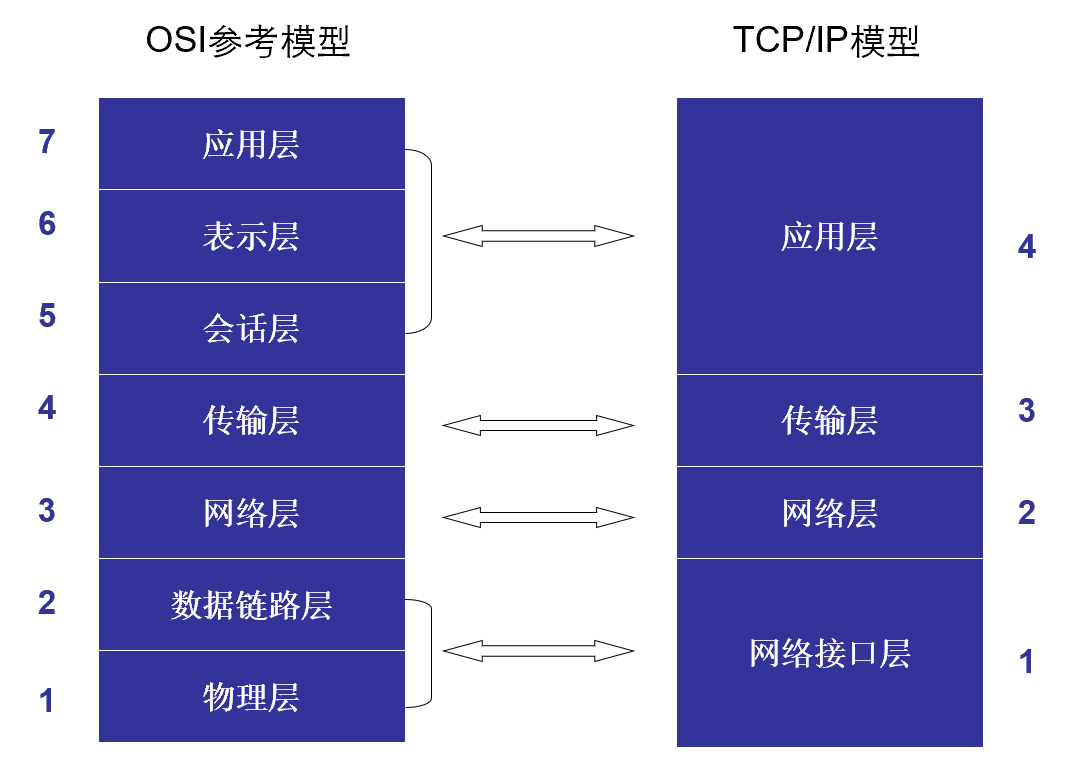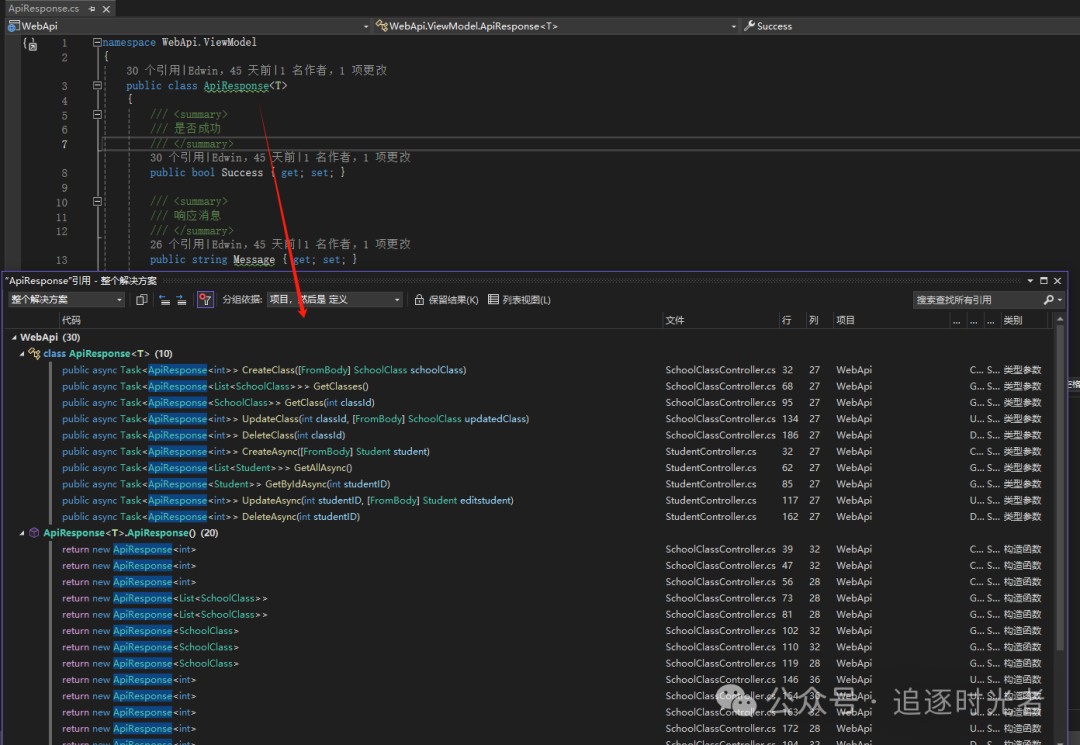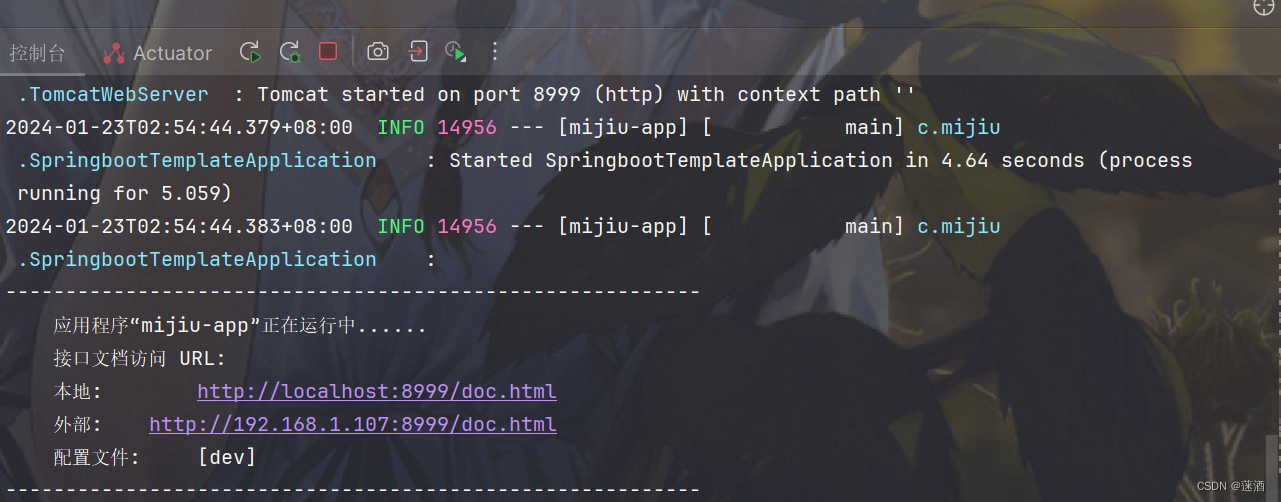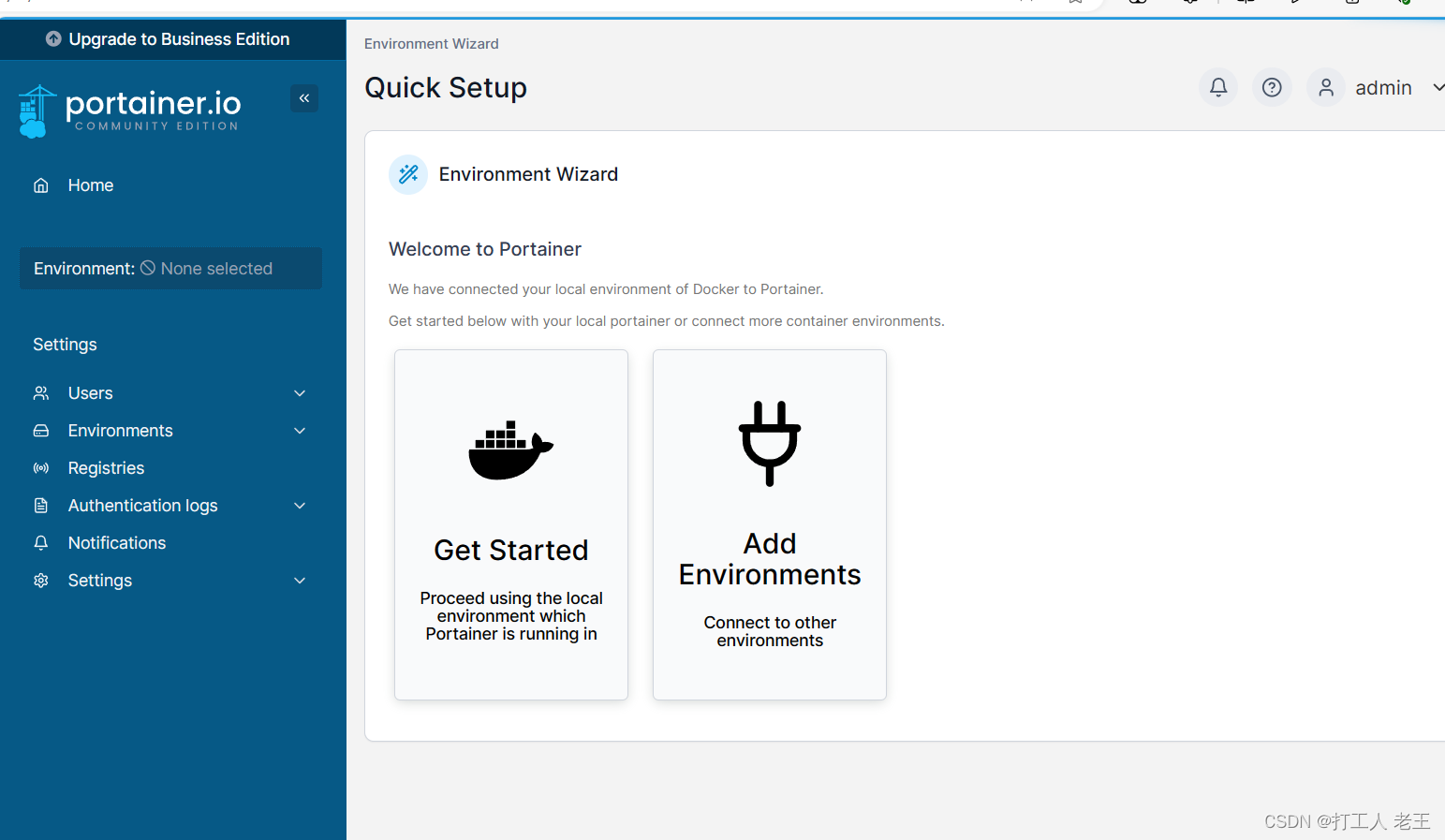78.给你一个整数数组 nums ,数组中的元素 互不相同 。返回该数组所有可能的子集(幂集)。
解集 不能 包含重复的子集。你可以按 任意顺序 返回解集。
示例 1:
输入:nums = [1,2,3]
输出:[[],[1],[2],[1,2],[3],[1,3],[2,3],[1,2,3]]
示例 2:
输入:nums = [0]
输出:[[],[0]]
- 如果将该题想象成一棵 n 叉树,进行 dfs,那么其实遍历时走过的每个路径都是子集。比如例子 1
-
1 2 3 3 - 为了防止重复组合,所以在构建新的子集时,比如 [1,3] 我们继续构建时,不会往前取数字(取末尾的 3 前面的数字)构建成新的子集,比如得到 [1,3,2],这也就是为什么上面那棵树是这样的。所以比如 [1,2,3] ,我们得到 [1,2,3] 后不可能回溯成 [1,3] 然后得到 [1,3,2],所以每次的下一层递归,从当前层递归的数组的下标 +1 开始,具体看代码
-
public List<List<Integer>> subsets(int[] nums) { List<List<Integer>> list = new ArrayList<>(); backtrack(list, new ArrayList<>(), nums, 0); return list; } private void backtrack(List<List<Integer>> list, List<Integer> tempList, int[] nums, int start) { //走过的所有路径都是子集的一部分,所以都要加入到集合中 list.add(new ArrayList<>(tempList)); for (int i = start; i < nums.length; i++) { //做出选择 tempList.add(nums[i]); //递归,i+1 防止重复结果 backtrack(list, tempList, nums, i + 1); //撤销选择 tempList.remove(tempList.size() - 1); } } - 位运算:其实在构建每个子集时都可以看成,每个数都有两种状态,加入子集或者不加入。设加入为 1,不加入为 0,数组长度为 n,就能把每个子集看做 n 位二进制数,那么总个数就是 2n。比如 [1,2,3],每个子集都能看做三位的二进制数,[] 就是每个数都不选即 000,[1,3] 就对应 101。
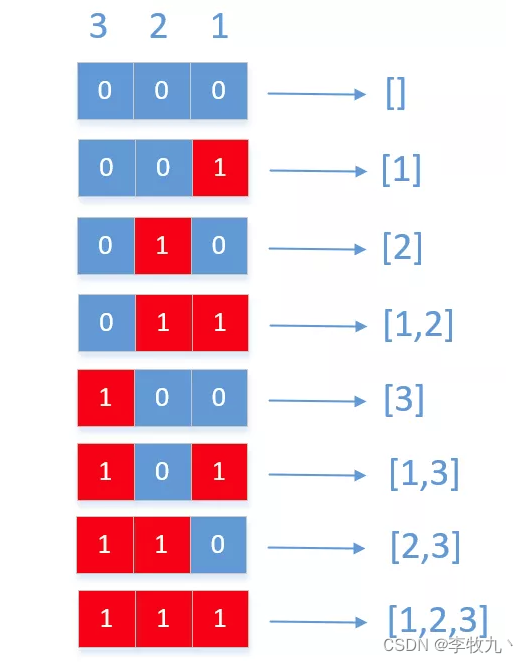
- 因此,比如例子 1,我们只需要遍历这 n(该例中为 8) 个数,范围为 0~7, 比如 6 对应为 110,就表示该子集为 [2,3],再比如 3 对应为 011,表示子集 [1,2](因为低位表示数组下标小的数)
-
public List<List<Integer>> subsets(int[] nums) { List<List<Integer>> res = new ArrayList<>(); int len = nums.length; // 子集个数 int resCount = 1<<len; // i 其实就是每种子集对应的二进制数的十进制 for(int i=0;i<resCount;i++){ List<Integer> list = new ArrayList<>(); // 看是否包含 nums 中某个数 for(int j=0;j<len;j++){ // 如果包含就添加到 list if((i>>j&1)==1)list.add(nums[j]); } res.add(list); } return res; } - 非递归:我们先加入一个空集,遍历时 nums 时每次都把 nums[i] 加到之前的子集中构建新子集,遍历完也就得到了全部子集。比如例子 1 我们会依次得到:
[]->[[],1]->[[],1,2,12]->[[],1,2,12,3,13,23,123] -
public List<List<Integer>> subsets(int[] nums) { List<List<Integer>> res = new ArrayList<>(); res.add(new ArrayList<>()); for(int num : nums){ int size = res.size(); for(int j=0;j<size;j++){ List<Integer> tempList = new ArrayList<>(res.get(j)); tempList.add(num); res.add(tempList); } } return res; } - 强行递归也可以,其实就是递归形式的循环
-
public List<List<Integer>> subsets(int[] nums) { List<List<Integer>> res = new ArrayList<>(); res.add(new ArrayList<>()); dfs(nums,res,0); return res; } public void dfs(int[] nums,List<List<Integer>> res,int index){ if(index >= nums.length)return; for(int i=0,j=res.size();i<j;i++){ List<Integer> list = new ArrayList(res.get(i)); list.add(nums[index]); res.add(list); } dfs(nums,res,index+1); } - 递归:还是上面的思路,我们在构建一种子集时,都可以看做对每个数选或不选。比如 nums:[1,2,3] 选择 12,不选 3,得到 011,也就是说完全可以当做一个二叉树,因为对于每个数只有选或不选两种可能,所以递归部分就写做选择的过程
-
public List<List<Integer>> subsets(int[] nums) { List<List<Integer>> res = new ArrayList<>(); dfs(res, new ArrayList<>(), nums, 0); return res; } public void dfs(List<List<Integer>> res, List<Integer> list, int[] nums, int index){ if(index == nums.length){ res.add(new ArrayList<>(list)); return; } // 不选,直接继续递归 dfs(res, list, nums, index + 1); // 选择(加入 list) list.add(nums[index]); // 选完再递归 dfs(res, list, nums, index + 1); // 撤销选择 list.remove(list.size() - 1); }
